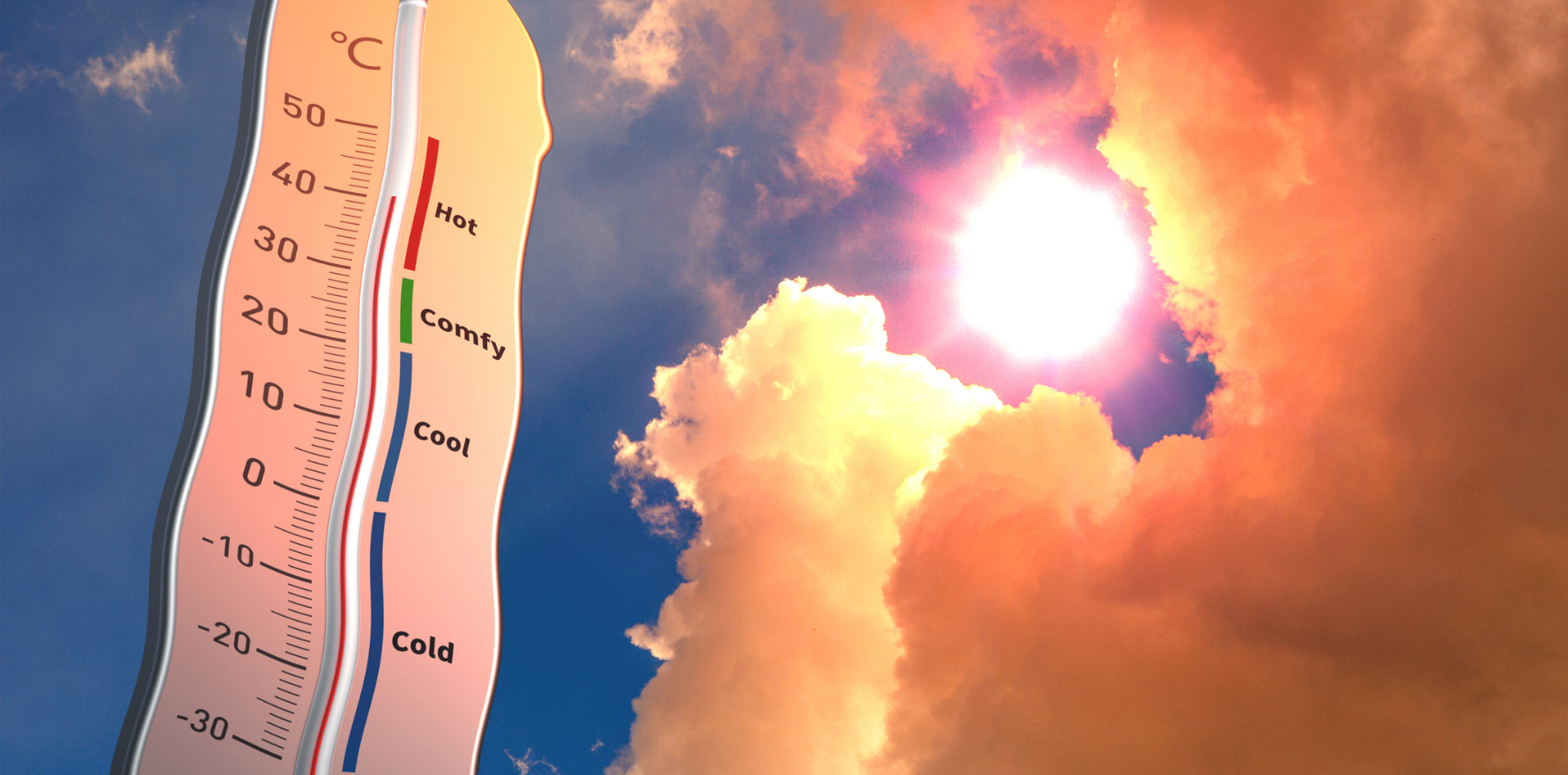Hot, humid nights linked to a steep rise in obstructive sleep apnoea episodes.
Australian researchers have uncovered a link between heatwaves and a spike in obstructive sleep apnoea.
The research team from the Adelaide Institute for Sleep Health and FHMRI Sleep Health at Flinders University analysed data from 67,558 people across 17 European countries.
They found that episodes of moderate-to-severe obstructive sleep apnoea (OSA) increased sharply during hot spells. Full results have been published in the European Respiratory Journal.
Using data collected by under-mattress sleep sensors between 2020 and 2024, the researchers matched nightly sleep patterns with local temperatures and found that at the height of a heatwave, the risk of moderate-to-severe OSA rose by 13%.
For every 1°C increase in nighttime temperature, the prevalence climbed a further 1.1%. High humidity magnified the effect.
Lead author Dr Lucia Pinilla, a research fellow at the University of Flinders Health and Medical Research Institute’s Sleep Health College of Medicine and Public Health, said the results showed that heatwaves were not only uncomfortable but also directly impaired breathing during sleep.
“Our results show that during summer heatwaves, obstructive sleep apnoea became more common and more severe,” she said.
“OSA should now be considered alongside other chronic diseases that are worsened by climate change. Heatwaves are not only uncomfortable, but they can also directly affect how we breathe and sleep.
“These effects are likely to be similar in other parts of the world and may be even more pronounced in regions with hotter climates or more frequent heatwaves.
“However, factors like housing quality and access to air conditioning could influence the severity of the impact.”
Dr Pinilla told Allergy & Respiratory Republic that while the study used data from Europe, it was likely to occur worldwide, particularly in warmer regions.
“We can’t fully confirm from our results, but we suspect that the effects of heat and sleep and breathing during sleep would be very similar in every region of the world,” she said.
“So maybe regions where there’s a warmer climate in general, or a higher frequency of heat waves would be even more affected.”
Participants in the study were middle-aged (mean age 52 ± 13 years), predominantly male (79%), and generally overweight, with an average BMI of 27.6 ± 5.3 kg/m². Overall, 24.1% of the cohort met criteria for moderate-to-severe obstructive sleep apnoea (OSA), and 9.2% had severe OSA.
The study included data from 17 European countries with at least 300 participants each, with most users located in Western Europe, including France, the UK and Germany.
Across all of the regions, the researchers identified 1363 nighttime heatwaves over the study period. Each region experienced an average of 2.1 ± 1.3 nighttime heatwaves annually, lasting a mean of 4.5 ± 2.0 days, consistent with prior climatological reports. Mean nighttime temperatures during heatwaves were 2.84°C higher than during the baseline reference period (the six nights preceding heatwave onset).
At the peak of a heatwave, the odds of moderate-to-severe OSA increased by 13% [OR 1.13 (95% CI: 1.12–1.14)] in the primary model. Sensitivity analyses incorporating additional temporal and environmental adjustments produced similar estimates [OR 1.12 (95% CI: 1.11–1.13)].
These findings correspond to a 3.18% (95% CI: 2.98–3.39) absolute increase in moderate-to-severe OSA prevalence. When expressed per degree of nighttime warming, this equates to a 1.12% (95% CI: 1.05–1.19) increase in moderate-to-severe OSA prevalence for every 1°C rise during heatwave conditions. Comparable associations were observed when severe OSA (AHI ≥30 events/h) was examined as the primary outcome.
The heatwave-related increase in OSA risk was consistent across most participating countries.
Subgroup analyses stratified by sex, age (<65 vs ≥65 years) and BMI (<30 vs ≥30 kg/m²) showed no substantial effect modification. However, humidity amplified the association: at relative humidity ≥68%, the increase in OSA prevalence per 1°C rise reached 1.38% (95% CI: 1.24–1.52), compared with 0.95% (95% CI: 0.87–1.03) at lower humidity levels.
Findings were robust across multiple sensitivity analyses using alternative heatwave definitions based on 24-hour average, maximum or minimum temperatures, as well as when referencing a historical climatological baseline (1980–2010).
Co-author Dr Bastien Lechat said that while the study didn’t explore the exact mechanisms behind this link, it was already known that hot nights often disrupt sleep by making it lighter and more fragmented. Heat can also lead to fluid retention, which may worsen OSA.
“Additionally, people may be less likely to use treatments like continuous positive airway pressure (CPAP) machines during hot weather, or they may become dehydrated, further compounding the issue,” he said.
Dr Pinilla told ARR the results highlighted the importance of people with OSA who use CPAP therapy to continue their treatment even in hot conditions.
“We think that keeping the bedrooms cool and ventilated may help, and also staying hydrated and avoiding alcohol, those sorts of things that definitely help us to have a good sleep,” she said.
“And also, of course, if someone has sleep apnoea and is using a treatment, then still keep using it over hot nights. It may be uncomfortable because it’s a mask, so you have it on your skin. We think there’s lower use of treatments when there’s high or very high temperatures, but then we would be encouraging people to use them.”
The team now plans to investigate how hot nights affect breathing during sleep, why OSA worsens and whether cooling strategies or behavioural changes can help reduce the impact.
Senior author and Matthew Flinders Professor Danny Eckert said the findings provided compelling evidence that heatwaves could significantly worsen obstructive sleep apnoea.
“As global temperatures continue to rise, we can expect more people to be affected and more severe cases, which has serious implications for public health,” he said.
“Sleep apnoea is already underdiagnosed and undertreated. With climate change intensifying its severity, there’s an urgent need to improve diagnosis, treatment access and public awareness.”


